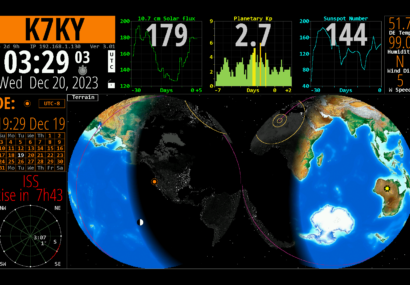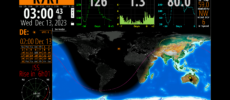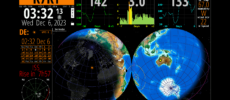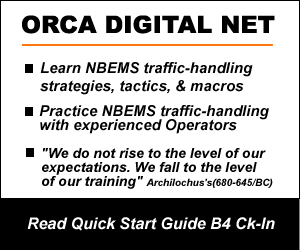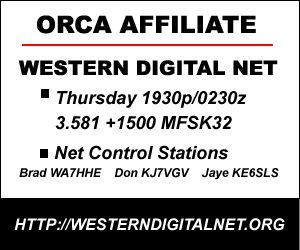ORCA DIGITAL NET 19/sep/17 Check-in/Rotation:
Check-ins: 15
Stations:
KR7KR Ken Cedar City,UT
K7DV Dave Idaho Falls,ID
N7RBP Bob Medford,OR in&out
KB6NN Howard Eureka,CA in&out
WA7HHE Brad Cedar City,UT
N7SND Larry Cedar City,UT
KD7CL Craig Riverton,OR
K6ETA Steve Petaluma,CA
KE6SLS Jaye Eureka,CA
KA7FOO Doug Reno,NV
AL7BX George Cedar City,UT in&out portable, Grand Jct,CO
KG7PBX Linda Cedar City,UT in&out portable, Grand Jct,CO
N7FXT Rick Beaverton,OR late ck-in
W7ZAP Mindy Brookings,OR qru
K7KY Doug Brookings,OR NCS
The first thing I do after closing the net is save the log. Somehow tonight, I flubbed the save and lost the log. I usually edit out noise and review the log before writing the Report, but I don’t need a review to recall how much fun the net was tonight. Finishing in an hour 25min with 15 ck-ins is good. Even with a few resends during the FLAMP exercise the net ran very nicely.
I had very marginal copy on George AL7BX portable. He was camping with Linda KG7PBX in Grand Junction,CO. Thanks to Brad WA7HHE for relaying them in. Rick N7FXT checked in for the first time just before closing. Welcome to Craig KD7CL. He’s been monitoring the net for a few weeks and check in active tonight. Craig lives in Riverton,OR, Coos County, our northern neighbor. Bob N7RBP in Medford,OR was back and monitoring tonight.
Mindy W7ZAP began the weekly FLAMP exercise in THOR 50×1, but the initial REPORTs indicated it was not printing well in UT & ID. One TX of MFSK-32 was CONFIRMED by all but one station. That station CONFIRMED with a MFSK-32 RELAY. This weekly exercise is designed to give practice in manipulating traffic files while engaged in the net, and practice with the REPORT and RELAY features. The exercise is always OPTIONAL. You can use the file you create in the Traffic round, or send another practice message or QRU.
If you haven’t yet made a VideoID macro to print your callsign on the waterfall, you might give it a try. It’s very useful at check-in and for getting NCS’s attention during the net. Please use large text printed horizontally. It is easier to read and stays visible on the waterfall longer. The best place to print your VideoID is 800 or 2000. Leave 1500 open for net business. NCS can see your ID while in RX with another station on 1500. Instructions for creating an ID macro are on the website page, Resources/Macros.
Ken KR7KR sent this image from Cedar City,UT.
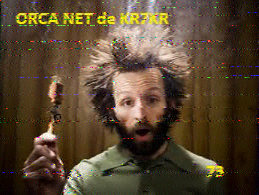 |
| TX: KR7KR UT RX: K7KY OR |
Thanks for taking time out of your evening to practice digital traffic handling with us tonight. I hope to work with you again next Tuesday evening.
73 Doug K7KY
——- Net Log ———–
No Net Log. I lost it, somehow… )-:
